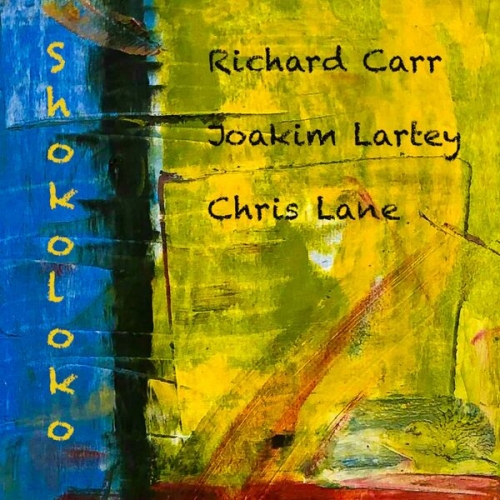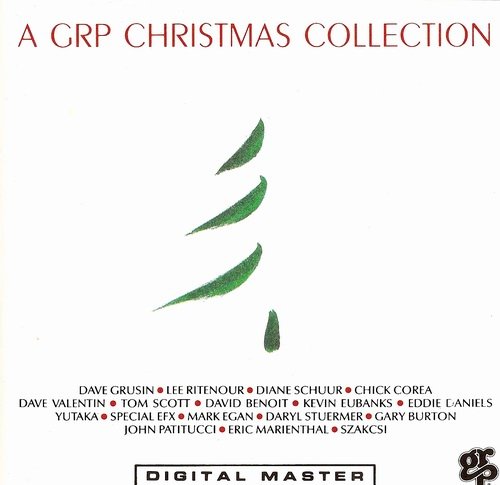Paolo Cherici - Spinacino, Dalza: Lute Music (2012)

Artist: Paolo Cherici
Title: Spinacino, Dalza: Lute Music
Year Of Release: 2012
Label: Pan Classics
Genre: Classical
Quality: FLAC (tracks+.cue,log,scans)
Total Time: 01:12:45
Total Size: 397 Mb
WebSite: Album Preview
Tracklist: Title: Spinacino, Dalza: Lute Music
Year Of Release: 2012
Label: Pan Classics
Genre: Classical
Quality: FLAC (tracks+.cue,log,scans)
Total Time: 01:12:45
Total Size: 397 Mb
WebSite: Album Preview
1. Intavolatura di Liuto 1508, fol. 6r: Tastar de Corde by Joan Ambrosio Dalza
2. Saltarello by Joan Ambrosio Dalza
3. Ricercare for Lute by Joan Ambrosio Dalza
4. Pavana alla veneziana by Joan Ambrosio Dalza
5. Pavana alla ferrarese by Joan Ambrosio Dalza
6. Laudato Dio by Joan Ambrosio Dalza
7. Caldibi castigliano by Joan Ambrosio Dalza
8. Calata ala spagnola by Joan Ambrosio Dalza
9. Calata ala spagnola ditto terzetti by Joan Ambrosio Dalza
10. Calata dito zigonze by Joan Ambrosio Dalza
11. Poi che volse la mia stella by Joan Ambrosio Dalza
12. Ricercare for Lute by Francesco Spinacino
13. La Bernardina by Francesco Spinacino
14. Jay pris amours by Francesco Spinacino
15. Adieu mes amours by Francesco Spinacino
16. Haray tre amours by Francesco Spinacino
17. Malor me bat by Francesco Spinacino
18. Ave Maria de Josquin by Francesco Spinacino
19. Bassadans by Francesco Spinacino
20. La stanghetta by Francesco Spinacino
Performers:
Paolo Cherici (lute)
Little is known of Francesco Spinacino and Joan Ambrosio Dalza, the authors of Ottaviano Petrucci’s tablatures which appeared in 1507 and 1508 in Venice.
From an instrumental point of view, Petrucci’s collections demonstrate complete mastery of the technical resources of the lute, presenting many virtuoso pieces. They each contain musical material that is different in concept and compositional style. Spinacino favours the vocal production of the Franco-flemish School: Josquin, Brumel, Ockeghem, Ghiselin...transcribing for lute both chansons and sacred motets. There are also 27 ricercare which are probably meant to be related to the vocal pieces and which could be used as preludes, interludes or postludes.
Dalza, on the other hand, addresses himself to the dance world, inserting mostly dances based in folk traditions. Laid out in rhythmically contrasting movements (pavana, saltarello and piva), such dances make up real suites.
Through the works of Spinacino and Dalza, all the different kinds of pieces in fashion at that time are represented in these two volumes which follow two radically different paths. The one illustrates the world of courtly music monopolised by northern European composers who were, however, employed at the Italian courts. The other gives voice to music with moods inspired by both courtly and folk traditions, intent on finding an opening within the Flemish tradition through which Italian music can once more come to the forefront.
From an instrumental point of view, Petrucci’s collections demonstrate complete mastery of the technical resources of the lute, presenting many virtuoso pieces. They each contain musical material that is different in concept and compositional style. Spinacino favours the vocal production of the Franco-flemish School: Josquin, Brumel, Ockeghem, Ghiselin...transcribing for lute both chansons and sacred motets. There are also 27 ricercare which are probably meant to be related to the vocal pieces and which could be used as preludes, interludes or postludes.
Dalza, on the other hand, addresses himself to the dance world, inserting mostly dances based in folk traditions. Laid out in rhythmically contrasting movements (pavana, saltarello and piva), such dances make up real suites.
Through the works of Spinacino and Dalza, all the different kinds of pieces in fashion at that time are represented in these two volumes which follow two radically different paths. The one illustrates the world of courtly music monopolised by northern European composers who were, however, employed at the Italian courts. The other gives voice to music with moods inspired by both courtly and folk traditions, intent on finding an opening within the Flemish tradition through which Italian music can once more come to the forefront.









![Iman Spaargaren & Peter Bjørnild - In Essence (2025) [DSD256] Iman Spaargaren & Peter Bjørnild - In Essence (2025) [DSD256]](https://www.dibpic.com/uploads/posts/2025-12/1766381912_cover.jpg)